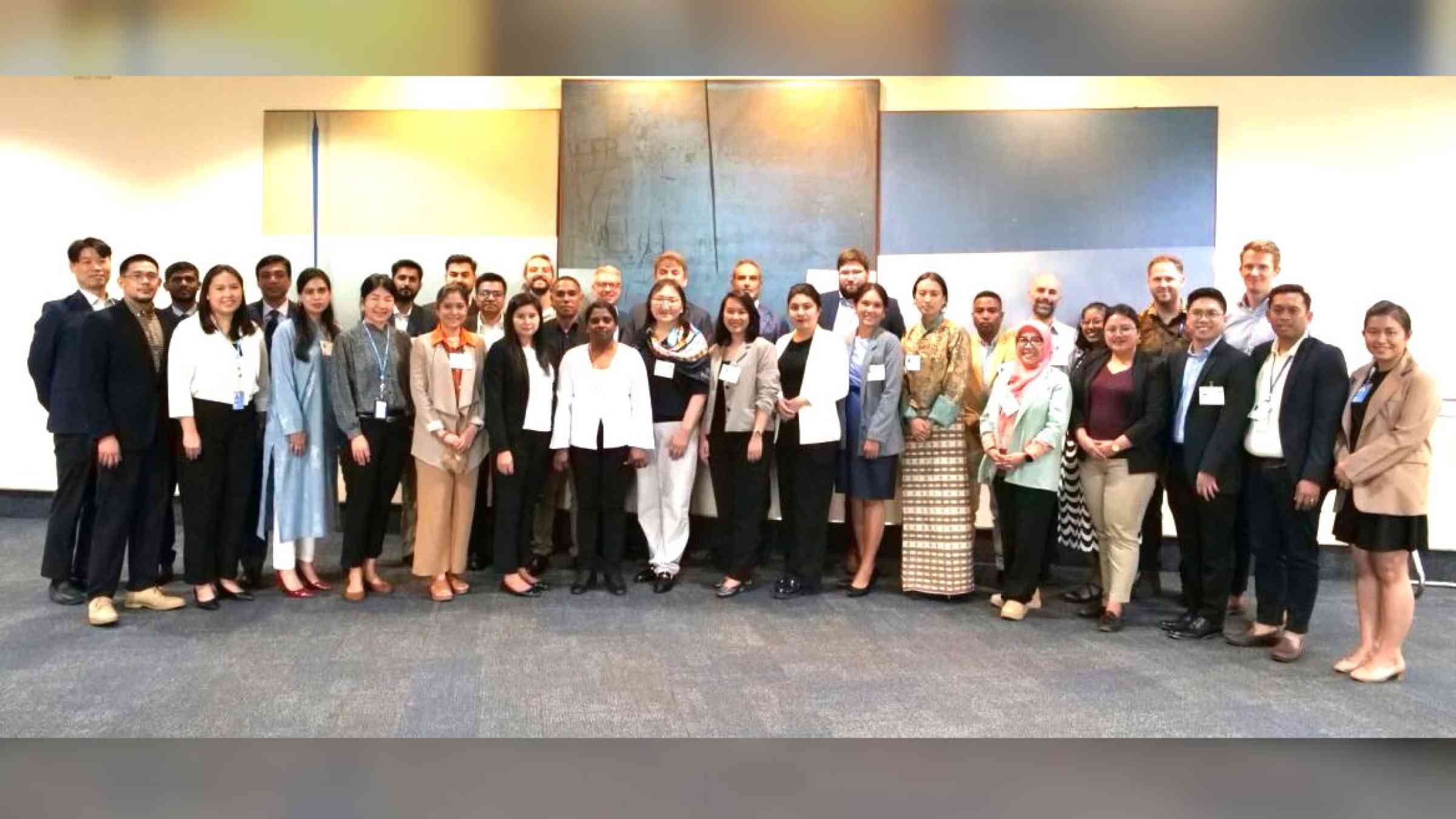Workshop on preventing, managing and finding solutions to disaster and climate-induced displacement

Meeting Room-G, United Nations Conference Centre (UNCC), Bangkok Thailand
- English
Time 09:00-16:00 GMT+7 (Bangkok)
Background & Introduction
Over the past ten years, there have been over 225 million internal displacements as a result of disasters in the Asia-Pacific region. In 2022 alone, there were 22.6 million internal displacements as a result of disasters in the Asia-Pacific region, more than 70 percent of the global total. Internal displacement in the region and beyond is increasing, due to a variety of factors.
Climate change is projected to increase disaster displacement as extreme weather events become more frequent and intense, with particularly severe impacts in numerous countries around the region. Other risk factors, such as rapid and unplanned urbanisation, population growth, poverty, conflict, and environmental degradation are also expected to feed the phenomenon and heighten the needs of those affected.
Given the scale of disaster displacement and its vast consequences, effective measures must be implemented to:
- Support individuals and communities to increase their resilience against the risk of future displacement (prevention of displacement);
- Increase support and discuss approaches for individuals and communities who face hazards that cannot be mitigated and wish to move (planned relocation);
- Assist individuals who have already had to move, or will do so in the future, and face integration challenges (including socioeconomic and social cohesion challenges, among others) in their new communities (solutions to displacement);
- Prepare communities who are likely to have to host future displaced populations linked to climate (preparing for future displacement).
In response to these trends, governments around the world, the United Nations, and civil society are devoting increased attention and resources to preventing, responding to, and resolving internal displacement. For example, the Secretary-General completed the development of an Action Agenda on Internal Displacement, which focuses on three key areas: prevention, response, and solutions. Similarly, the Early Warning for All Initiatives aims to embed strong early warning systems in all countries by 2027 to ensure that all people are protected from disasters.
In this regard, disaster risk reduction and prevention are key to mitigating the impact that displacement will have on affected populations. Measures to help disaster displaced people achieve durable solutions should be also integrated in recovery, rehabilitation and reconstruction plans, recognising them as a disproportionally affected group with specific needs that may face challenges in accessing services and the benefits of development and reconstruction programmes.
In consideration of the increasing occurrence of internal displacement, the increasingly protracted nature of internal displacement including as a result of disasters and climate, and the increasing focus of the international community on this issue, the Asia Pacific Disaster Displacement Working Group, under the Asia-Pacific Issue-based Coalition on Building Resilience, co-led by IOM and UNDRR and in coordination with UNDP, UNHCR, DCO, IFRC, IDMC, and ICVA are organizing a two-day workshop to examine the issue of prevention, response and durable solutions to internal displacement, especially as it relates to disaster and climate change-induced internal displacement in Asia and the Pacific.
Day One Presentations:
- Policies and Frameworks Displacement, Mobility and Solutions in the context of climate change
- Strengthening disaster risk governance to manage disaster displacement risk
- Anticipatory Action & Early Warning for All
- Evacuation preparedness and management
- Participatory approaches
Day Two Presentations:
- Sustainable solutions for disaster displaced people
- Disaster Displacement & Development Finance
- Finding and Facilitating Durable Solutions
- Simulation Exercise
- Planned Relocation in Asia and the Pacific
- Preparedness and Response Management Displacement of Disaster
- The Philippine Displacement Situation
- Disaster and Climate Change-induced Displacement-Case in Sri Lanka
- Disaster and climate displacement financing
- Integrate Evacuation and Relocation into DRM Strategy in Vietnam
Participating Countries: Bangladesh, Bhutan, Indonesia, Lao PDR, Philippines, Pakistan, Thailand, Mongolia, Timor-Leste, Sri Lanka and Vietnam.